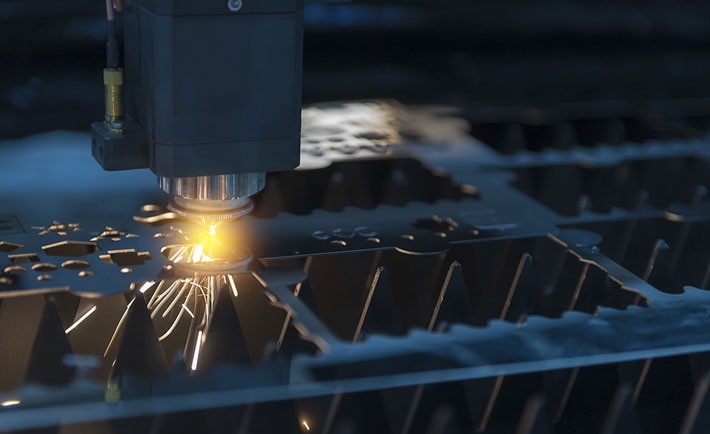The Many Uses of Lasers in Daily Life

When the morning comes, the sun fills the land with brightness. Light plays a big part in how we see things. Its absence would render our eyes useless. There are many ways you can create and manipulate it. Fire is a primitive way to illuminate a place, and there have been many variations on how it is used. Candles emit a low flame, but it makes up for it with longevity. Gas lamps were more sophisticated, with the burners usually enclosed in a metal frame with glass panels. The brightness can depend on the type of fuel being used.
Modern times use electricity with different types of bulbs, and the uses are more than just to light up a room. The bulbs themselves can be used as torches. But when you combine a bulb with a reflector, it now forms a beam that can be directed into a smaller and concentrated area. If you crank that up to something much more intense, you can get something close to a laser, which stands for light amplification by stimulated emission of radiation.
This is different from your flashlight beam in that it uses a single color from a spectrum and its waves are moving at a constant pattern. This allows it to be narrow and yet still able to reach far distances, unlike the flashlight which fades as you move away from the light source. The level of intensity can be so powerful that you can manipulate matter, like in laser cutting. Utah has establishments where you can have sheets of metal or acrylic cut with maximum precision. Such is the versatility of lasers, which you may not know could be just around you.
Optical Drives
Your sleek compact discs, DVDs, and Blu-rays all require proper hardware to play them. Beneath the shiny surface, you have physical indentations on a microscopic level that can only be read by the optical drive’s laser. The general concept of how it works is that each indentation can be reflective or non-reflective, which represents your ones and zeroes. The machine will then interpret the string to output your music or video. Thanks to lasers, digital data can be stored in these tiny discs instead of cabinet-sized platters.
Connectivity
Fiber optic cables are mainly used as backbones of network connection, and they have now trickled down to the consumer space. This is basically a long glass tube that lets beams of light carry data from one end to another. Today’s fastest Internet speeds are delivered using a straight-to-the-home connection. This just means that you are directly connected to one of the main nodes from the Internet provider.
Surgery
Lasers are also used in medicine. Surgery requires precision and speed, and a laser can provide both. The eye is a particularly delicate part of the body, which could be a challenge to operate on. LASIK surgery seeks to correct poor vision by cutting the outer layer of the eye and making a flap, and then lifting that so that the laser can manipulate the cornea. You will need to protect your eyes up to a week after the procedure, but recovery can take up to six months. This is a small price to pay for those who have been battling eye problems for much of their lives.
Although lasers can also be dangerous, you have yet to see something around the same level as your sci-fi death-dealing weapons. What you do have now at present is something that can be described as purposeful, and the world is better for it.








